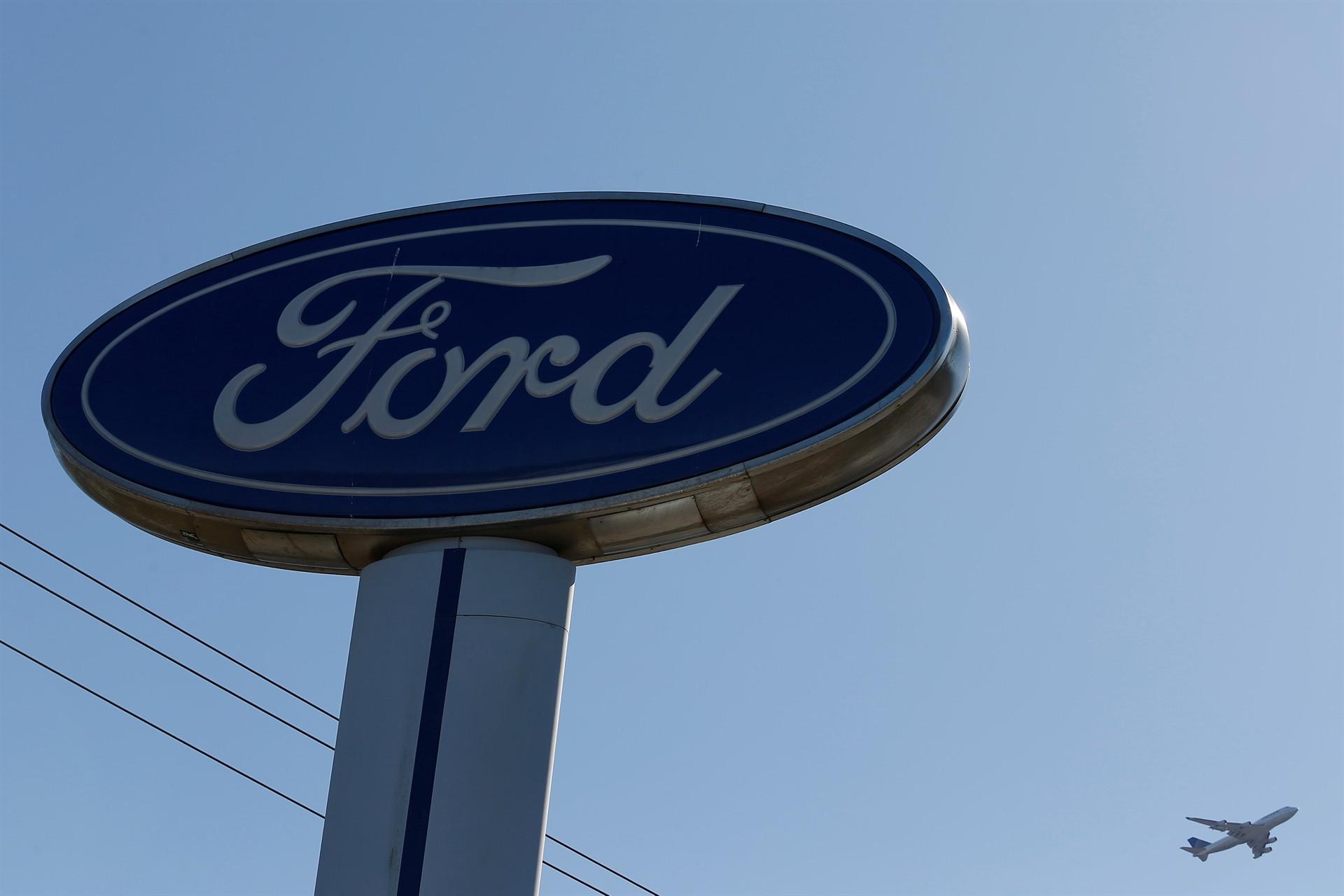
Ford Motor Co plans to slash $14 billion in costs over the next five years, Chief Executive Officer Jim Hackett told investors on Oct. 3, adding that the No. 2 U.S. automaker would shift capital investment away from sedans and internal combustion engines to develop more trucks and electric and hybrid cars.
Most of those savings will not show up on Ford’s bottom line until 2019 and 2020, Hackett and other Ford executives said, reflecting the industry’s long product engineering lead times.
Ford will be open to more partnerships to spread the costs and risks of simultaneously developing new technology and services while churning out profit from selling trucks and sport utility vehicles in North America, Hackett said during a nearly two-hour presentation. He cited a partnership with ride services company Lyft to deploy future Ford self-driving cars, an alliance with Indian automaker Mahindra and a potential alliance with Chinese electric vehicle maker Zotye.
The automaker reaffirmed a goal of achieving 8 percent automotive operating margins and generating returns that exceed the cost of capital. Ford will provide a financial forecast for 2018 in January. Ford Chief Financial Officer Bob Shanks said it could take until 2020 or later to achieve the 8 percent margin goal.
Other automakers have warned that shifting to all-electric vehicles could undercut profit margins. “I don’t think we should walk off a ledge where we destroy the earnings power of the company,” Hackett said, saying Ford is planning for a third of vehicles to still have internal combustion engines by 2030 - the year some European governments have proposed banning petroleum fueled cars.
Hackett, former CEO of office furniture maker Steelcase Inc , took the top post at Ford in May after his predecessor Mark Fields was pushed out. At the time, Hackett promised to tell investors after 100 days how he would improve the “fitness” of Ford to compete as the auto industry becomes more digital, more electric and less wedded to selling one vehicle at a time to individuals.
Ford shares were little changed after hours as Hackett and other executives presented their outlook. Ford shares had risen 2.1 percent on Oct. 3, up with other automotive stocks as the industry reported the highest sales pace in a dozen years. However, the company’s share price is down 30 percent since July 2014.
Hackett has signed off on a series of moves, including a plan to shift production of Ford Focus compact cars from Michigan to China. He also hired a company outsider, Jason Luo, to leadFord’s business in China, the world’s largest car market, where Ford is revamping operations and looking to expand partnerships in electric vehicles.
Ford is playing catch up in some areas. By 2019, Ford plans to equip all U.S. models with built-in modems and to install mobile internet connections in 90 percent of global vehicles by 2020, Hackett said.
Rival General Motors Co has been installing built-in mobile broadband connections in its U.S. vehicles since 2015 and now has about 7 million 4G LTE connected vehicles on the road globally, a spokesman said on Tuesday.
Of Ford’s $14 billion in promised cost reductions over five years, $10 billion will come from material costs and $4 billion from reduced engineering costs, Hackett said.
“We have too much cost across our business,” Hackett said.
By 2022, Ford plans to cut spending on future internal combustion engines by a third, or about $500 million, putting that money instead into expanded electric and hybrid vehicle development, on top of $4.5 billion previously announced.
Ford had already promised 13 new electric or hybrid vehicles within the next five years.
Ford is “looking to build sustainably profitable BEV (battery electric vehicle) business” in segments where “we have a strong revenue presence,” Jim Farley, head of global markets, told investors.
Farley also said Ford is looking “carefully” at marginally profitable or unprofitable operations in Europe and Latin America, and could look to partnerships in those markets.